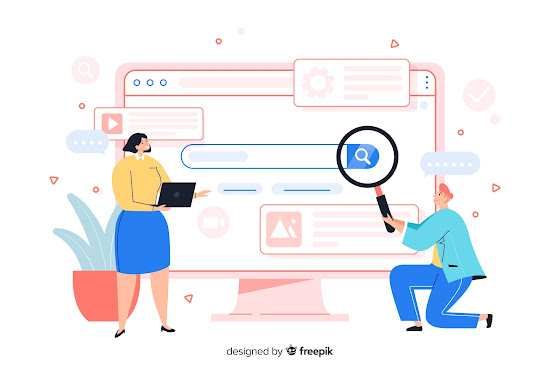The Power of Long-Tail Keywords in SEO and Traffic Generation

Long-tail keywords, which are particular phrases with three words or more, are essential for helping businesses increase traffic to their websites. In this blog, we'll explore the effectiveness of long-tail keywords for SEO and how they might boost the success of your company. Let's first study what long-tail keywords are and their significance. Compared to the broad phrases that people often search for, long-tail keywords are longer and more precise. Because they are more likely to result in a sale or lead, these keywords are frequently used by people who are specifically looking for something, and they frequently have a higher conversion rate. Additionally less competitive than wide keywords, long-tail keywords make it simpler to rank for them on search engines. This is due to the fact that fewer companies are focusing on these particular keywords, which makes it simpler for your website to stand out in search results. Long-tail keywords might also assist you in developing



